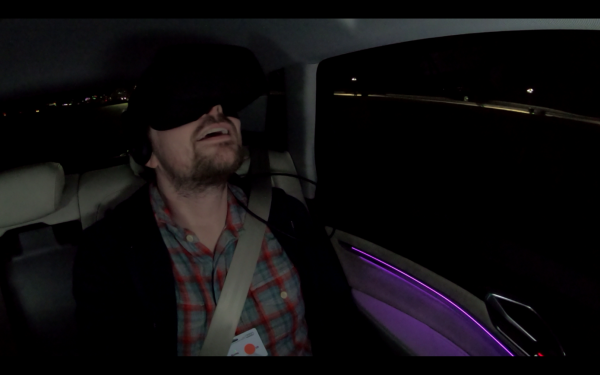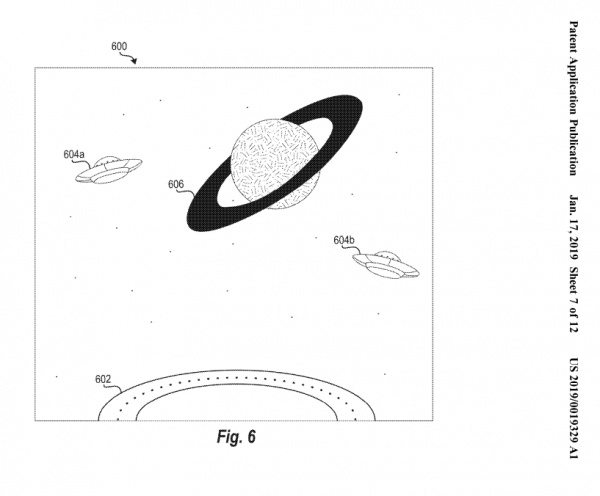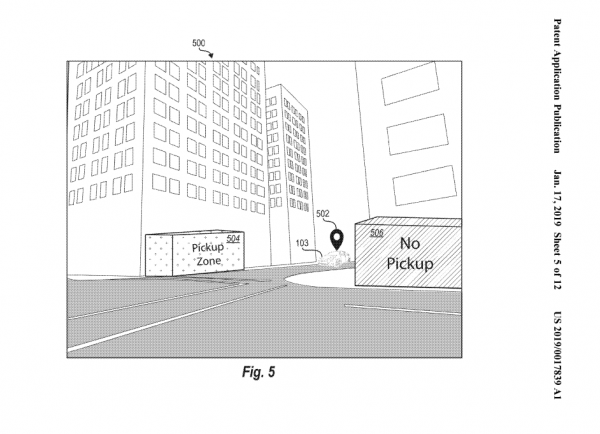Lyft is Thinking of Bringing VR and AR to your Ride
Rideshare company Lyft is reportedly exploring ways of incorporating augmented reality and virtual reality into the Lyft rideshare experience. This according to patent information that was recently unearthed by TechCrunch.
The first of these patents was filed in July 2017 and is described as that for a solution “providing a virtual reality transportation experience.” This application will respond to real-world events occurring during the ride. These can range from bumps to turns and stops. The VR application that will result from this patent will over time be able to predict these events for the passengers and then slip in some VR corresponding to the real-world forces impacting the ride. It sounds like some AI-enabled virtual reality solution that “learns” based on certain inputs and subsequently makes predictions based on these real-world inputs.

According to the patent application, the virtual reality transportation solution will be able to access historical information for every event or action along the route traveled and then make an identification based on the previous inertial forces that the vehicle underwent in its past rides such as bumps, merges and turns. There will be instances when the virtual reality transportation system will be able to make accurate calculations of the average of each of the previous inertial forces for the events or maneuvers encountered along the route and then use this information to make accurate predictions on the inertial forces or events that the passenger is likely to experience when travelling the same route.
From these events and predictions, the virtual reality transportation system will generate a variety of VR experiences based on the real-world environment that the vehicle is travelling through.
One of the specific actions of the VR transportation system will involve experiences such as virtual turns, virtual drops and virtual collisions with objects in VR. It may sound scary but it still has some entertainment value for the passenger taking a Lyft ride. But the virtual experiences will not be limited to these. The company has also floated the idea of featuring a game in the VR experience that will involve flying lasers and flying saucers.

The rideshare company is envisioning its future passengers wanting to share their VR experiences with passengers in other Lyft cars or with those that are waiting for pick-up so there is a good scope to incorporate more diverse and interactive virtual experiences.
This sharing capability will largely be thanks to the Lyft’s recent acquisition of the augmented reality startup, Blue Vision Labs. The startup provides a collaborative AR ecosystem that allows users to visualize the same spot in space.
The rideshare company also filed a second patent in July 2017 which will provide information to passengers through augmented reality. Unlike the previous patent application entertainment-focused, the second patent application is all about usability and practicality. The augmented reality product would perform tasks such as overlaying virtual content onto the real-world surroundings of the Lyft passengers thereby assisting in both the pick-off and drop-off processes. The Lyft app will pull historical data to determine the accurate pickup location based on variables such as traffic conditions, the current location of the passenger as well as the transport restrictions.


